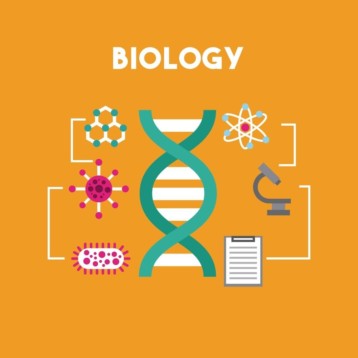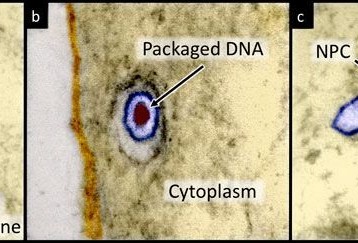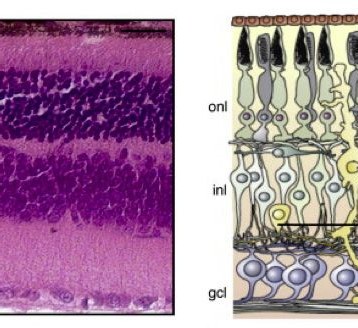|
The recent study, published by Jason Gibbs, a doctoral student from York University, describes thoroughly 84 species of Sweat Bees in Canada. Nineteen of these species are new to science because they have never been identified or described before. There are several goals for this study; the major ones are tracking bee diversity, understanding pollination biology, studying the evolution of social behavior in insects, and improving current taxonomies – known to be incomplete.
Bees are known to pollinate many wildflowers and a large proportion of agricultural crops. Previous studies showed that approximately a third of the food that humans eat, including some meat products, depend on the pollination services of Sweat Bees. Thus, their importance to our ecologic system is very high.
Sweat Bees are named for their attraction to perspiration. Their size is tiny (less that 4 mm in length), and often they have metallic markings. According to biodiversity surveys, they make about one-third to one-half of bees collected in North America. Although Sweat Bees are abundant, they still remain among the most challenging bees to identify to species, perhaps because they evolved so rapidly when they first appeared about 20 million years ago
Gibbs’ research – published at the journal Zootaxa – significantly improves upon all other available tools for the identification of these bees. In morphological terms, these bees are almost identical, making the task of distinguishing almost impossible. “No one has been able to identify these bees until now even though they make up so many of the bees we collect,” said Gibbs. “It’s important to identify these species, because if we don’t know what bees we have, we can’t know what bees we’re losing.”
The study was conducted over a time span of 4 years, in which Gibbs examined tens of thousands of individual bees. The samples were both from his private collection and the collections of others; moreover, he even used historical collections to enlarge his sampling pool. To identify bees to species, he first sorted them using morphological study, then tested his assessments using DNA sequences generated at the Canadian Centre for DNA Barcoding at the University of Guelph, which assigns “barcodes” to species based on their DNA. Finally, he carefully re-examined the bees’ physical characteristics to draw even finer distinctions between the bees and identify them to species.
Gibbs tells an anecdote regarding to one of the 19 new species of Sweat Bee identified in this study. Apparently, he collected it on his commute from downtown Toronto to York University. Upon his arrival at the lab, he examined it and knew immediately that he found a new species. Although it was never before identified by science, it is quite common in Toronto and throughout eastern Canada and the USA. He also identified and described 18 other species from Canada that are new to science including a Cuckoo Bee: like a Cuckoo Bird, it does not build a nest or collect food, but it has big mandibles for fighting. This Cuckoo Sweat Bee is believed to invade the nest of another sweat bee species to lay its eggs on the pollen and nectar collected by its host.
Gibbs’ work earned him the 2010 Dissertation Prize from York University. He announced that his future research would take place at Cornell University.
TFOT has also covered the life of a Honeybee, documented by PBS, and the flowery nest created by bees, exhibited at the American Museum of Natural History in New York.
For more information about bees’ importance to biodiversity research, see York University’s official press release.










